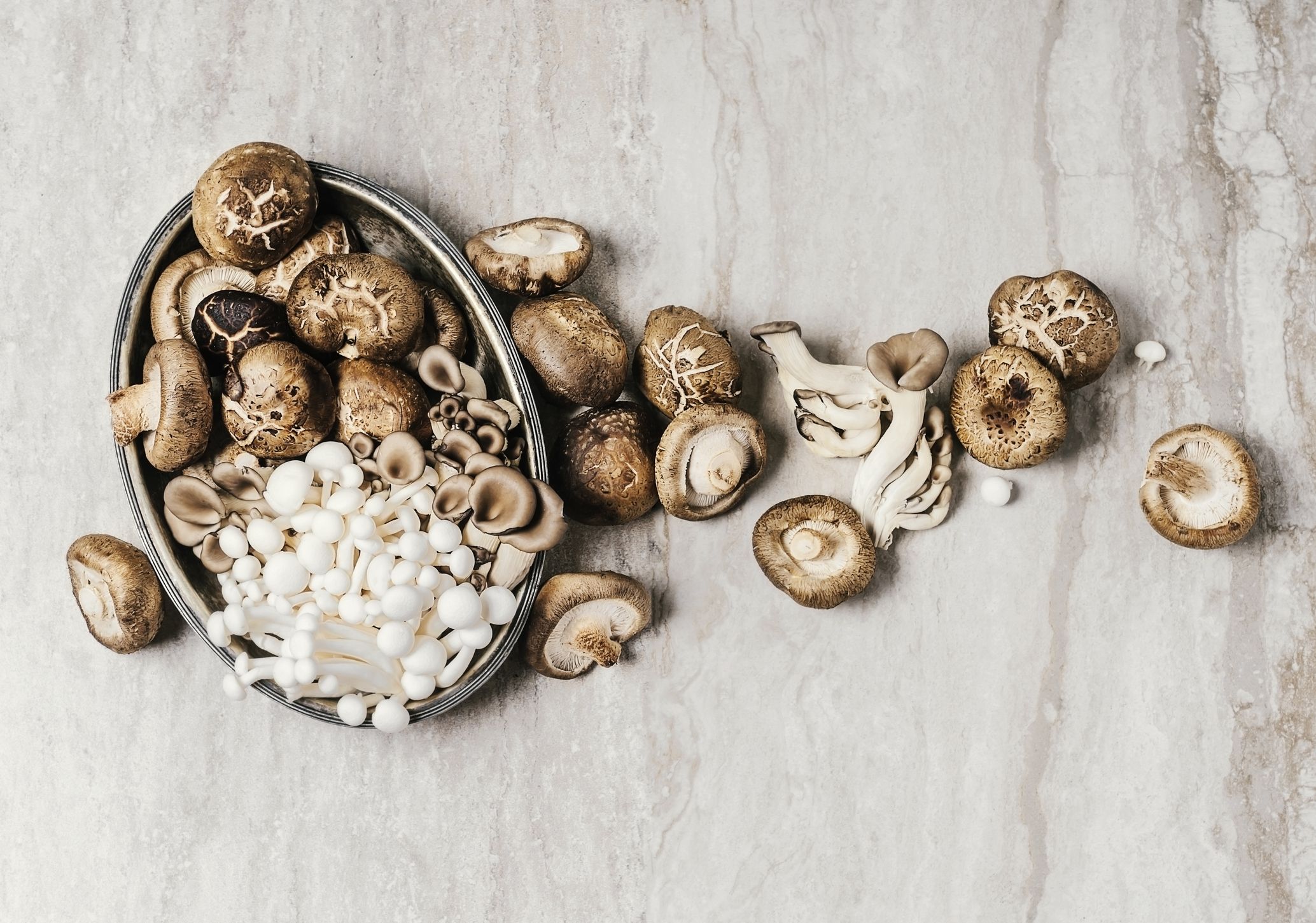Mushroom Infusions: Creative Ways to Incorporate Fungi into Beverages
Incorporating mushrooms into beverages can offer a unique and flavorful twist, along with potential health benefits. Here are some creative ways to infuse fungi into beverages:
1. Mushroom Tea: Mushroom teas have gained popularity due to their earthy flavor and potential health benefits. You can make mushroom tea using various types of mushrooms such as reishi, chaga, or lion's mane. Simply steep dried mushroom slices or powder in hot water for several minutes, then strain and enjoy. You can also add herbs or spices like ginger or cinnamon for extra flavor.
2. Mushroom Coffee: Blend powdered mushrooms like lion's mane or cordyceps with your favorite coffee for a boost of energy and focus. Mushroom coffee offers a unique taste profile and may provide additional health benefits compared to regular coffee.
3. Mushroom Smoothies: Add powdered mushrooms to your favorite smoothie recipes for an extra nutritional punch. Blend mushrooms like reishi or shiitake with fruits, leafy greens, and your choice of liquid (such as coconut water or almond milk) for a delicious and nutrient-rich beverage.
4. Mushroom Cocktails: Get creative with cocktails by incorporating mushroom-infused syrups or tinctures. You can make a mushroom syrup by simmering dried mushrooms with water and sugar until reduced, then straining. Add this syrup to cocktails like margaritas or whiskey sours for a unique twist.
5. Mushroom Kombucha: Infuse kombucha with mushroom extracts or powders for a probiotic-rich and flavorful beverage. Simply add mushroom extract or powder to your kombucha during the brewing process for an extra boost of nutrients and flavor.
6. Mushroom Mocktails: Create alcohol-free mocktails using mushroom-infused syrups, teas, or tinctures. Combine mushroom-infused ingredients with fruit juices, sparkling water, and herbs for refreshing and health-conscious beverages.
7. Mushroom Infused Water: Add slices of fresh or dried mushrooms to your water pitcher for a subtle infusion of flavor and potential health benefits. You can combine mushrooms with other fruits or herbs for a more complex flavor profile.
8. Mushroom Milk: Blend mushrooms with your choice of milk (such as almond, coconut, or oat milk) to create a creamy and nutritious beverage. Add sweeteners like honey or maple syrup, along with spices like cinnamon or nutmeg, for added flavor.
Remember to source high-quality mushrooms and consult with a healthcare professional before incorporating mushroom-infused beverages into your diet, especially if you have any underlying health conditions or are taking medication. Enjoy experimenting with these creative ways to incorporate fungi into your beverages!

Comments
Post a Comment